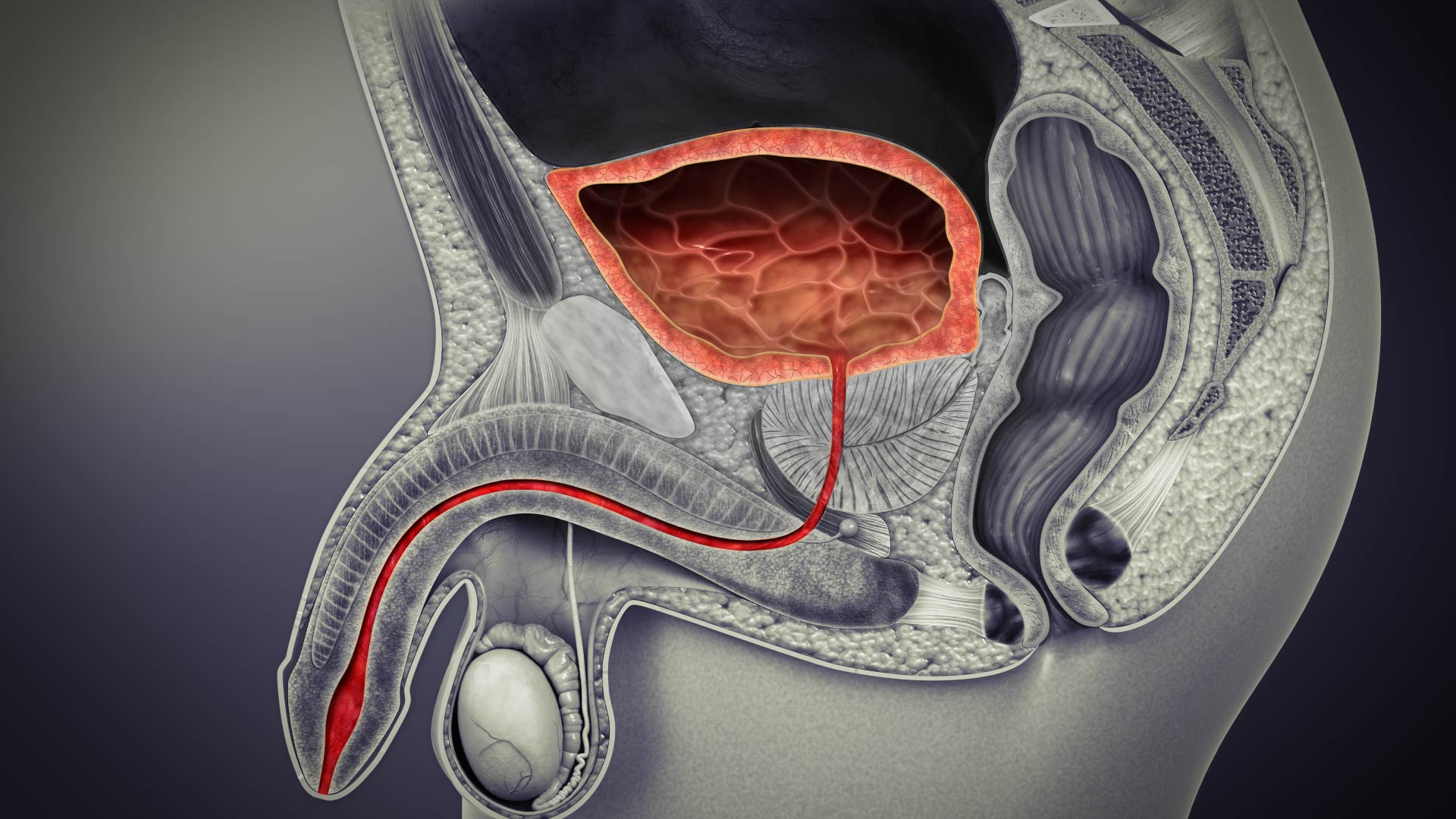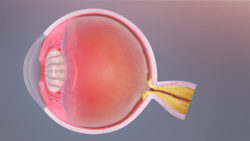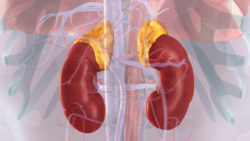The bladder is an expandable saclike organ that contracts once its empty, just like the stomach. Its inner lining constricts into the folds and expands out to accommodate liquid.

The bladder’s muscle wall becomes thicker and therefore the entire bladder becomes stiff, when its empty. As the ureters (which are two tubes that dislodge urine from the kidneys to the bladder) fills up the bladder, the muscle wall thins and the bladder goes upward, toward the abdominal cavity.
This stretching may enhance the bladder’s size from about 2 inches to more than three times, depending on the amount of liquid. The average human bladder attains its capacity between 16 to 24 ounces of urine, but the urge to urinate happens when the bladder gets filled up about one-quarter.
An internal sphincter which is a type of muscular valve, aids to prevent urine from leaking out. The trigone which is the triangle-shaped base of the bladder, aids in preventing any stretching of the urethra or backflow into the ureters.
When the bladder receives the signal, it releases urine through the urethra, the tube that carries urine out of the human body. This tube in case of women terminates between the clitoris and the vagina.
Healthy bladders are able to hold urine until people have time to relieve themselves, but some issues may arise for different reasons.
The infections of the urinary tract and bladder are found more often in women. This is because the location and length of women’s urethra is more prone to outside bacteria than in the case of men. Some women who have given birth recently may experience urinary issues as well.
Urinary Bladder Conditions
- Cystitis: It is the inflammation or infection of the bladder which causes acute or chronic pain or discomfort or urinary frequency.
- Urinary stones: In this condition, stones (calculi) may develop in the kidney and travel down to the bladder. In case the kidney stones block the urine flow to or from the bladder, they can result in severe pain.
- Bladder cancer: It is a tumor in the bladder and is most commonly discovered after blood is found in the urine. Workplace chemical exposures and cigarette smoking are its most common causes.
- Urinary incontinence: It is uncontrolled urination, that may be chronic. Urinary incontinence can result from many causes.
- Overactive bladder: In this condition the bladder muscle (detrusor) squeezes uncontrollably, resulting in some urine to leak out.
- Hematuria: In this condition there is blood in the urine. It may be harmless, or may be caused by infection or bladder cancer.
- Urinary retention: It is the condition in which the urine is not able to exit the bladder normally because of some blockage or suppressed bladder muscle activity. The bladder may swell up to hold up over a quart of urine.
- Cystocele: In the case of cystocele, there is weakening of pelvic muscles which allow the bladder to press on the vagina. This is usually from childbirth. It can result in issues with urination.
- Bed-wetting (nocturnal enuresis): In this case the child aged 5 or older who urinates on the bed at least 1-2 times a week over a minimum of 3 months.
- Dysuria (painful urination): There is pain or discomfort during urination because of some kind of infection, irritation, or inflammation of the bladder, external genitals or in urethra.
Disclaimer: The information in no way constitutes, or should be construed as medical advice. Nor is the above article an endorsement of any research findings discussed in the article an endorsement for any of the source publications.
Source:
- https://www.healthline.com/human-body-maps/bladder#2
- https://www.webmd.com/urinary-incontinence-oab/picture-of-the-bladder#1
The human eyes looks somewhat like an asymmetrical globe in shape and on average is approximately an inch in diameter. Its front part consists of:
Read More..
The tongue is the only muscle which isn't joint to the bone at both ends, and it is quite uncommon in that aspect. It is connected to the hyoid bone on one end, which is unique too, as it is the only bone which is not joint to another bone in the human body.
Read More..











